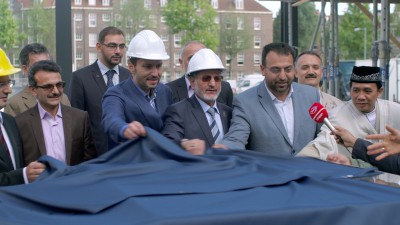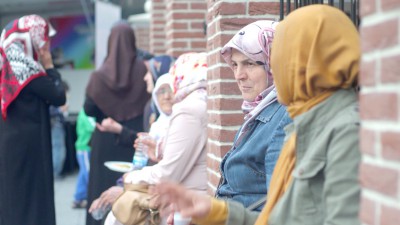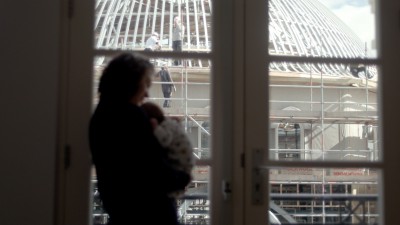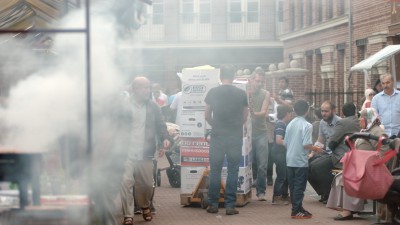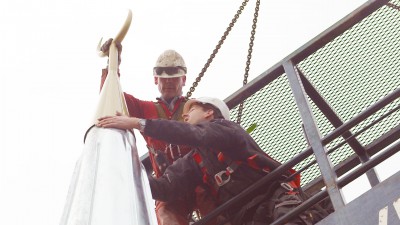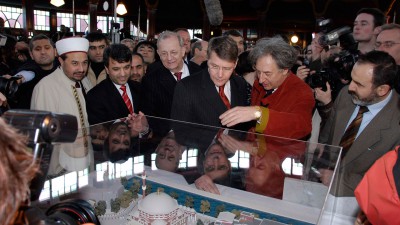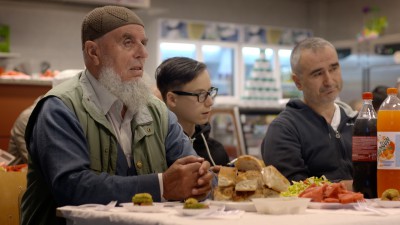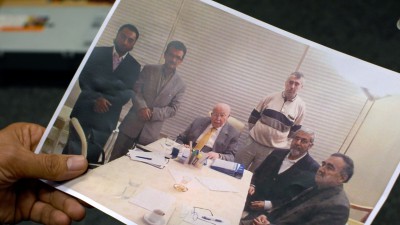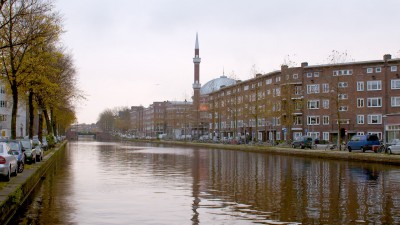Scroll down to continue

Scroll down to continue

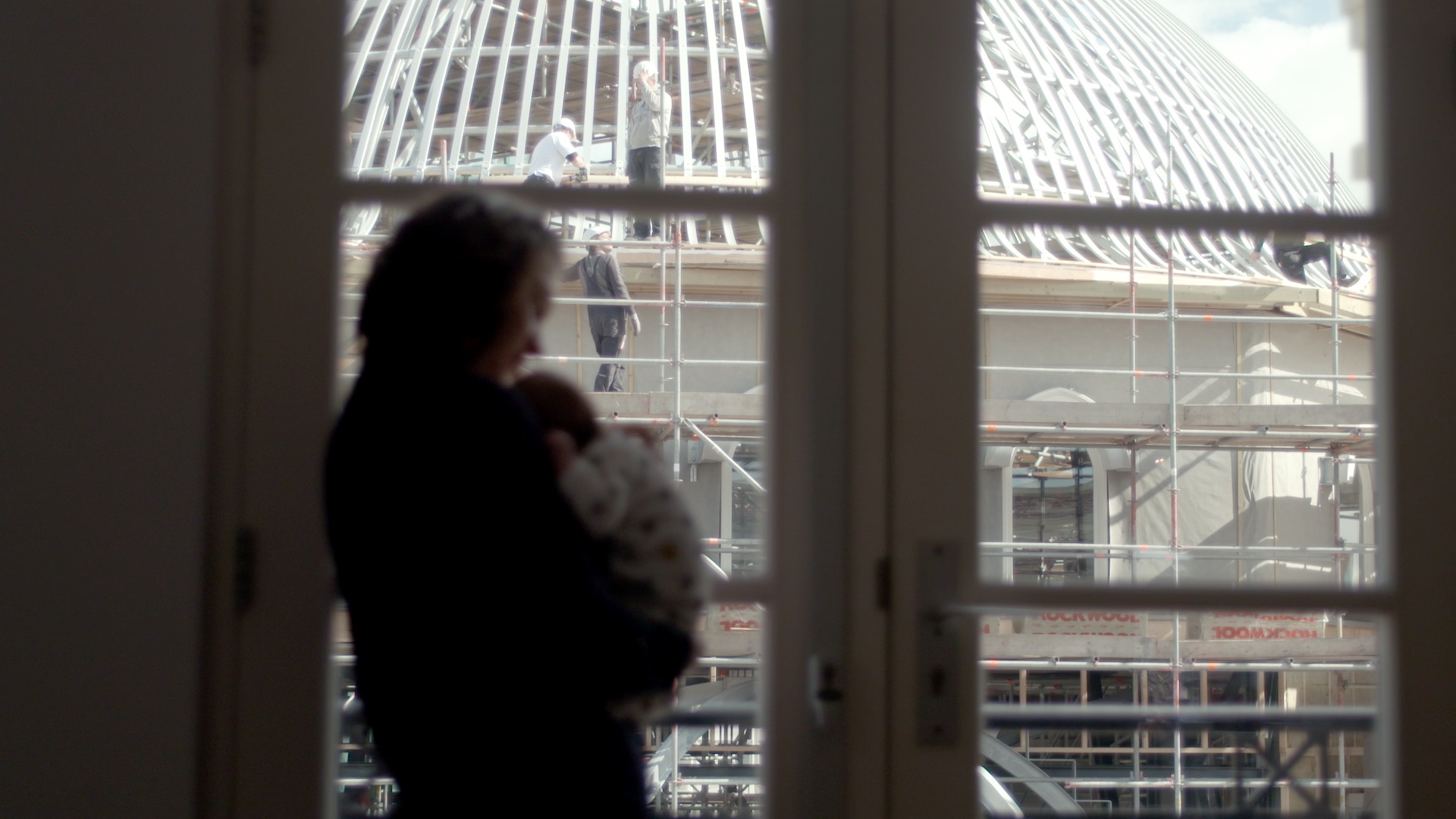
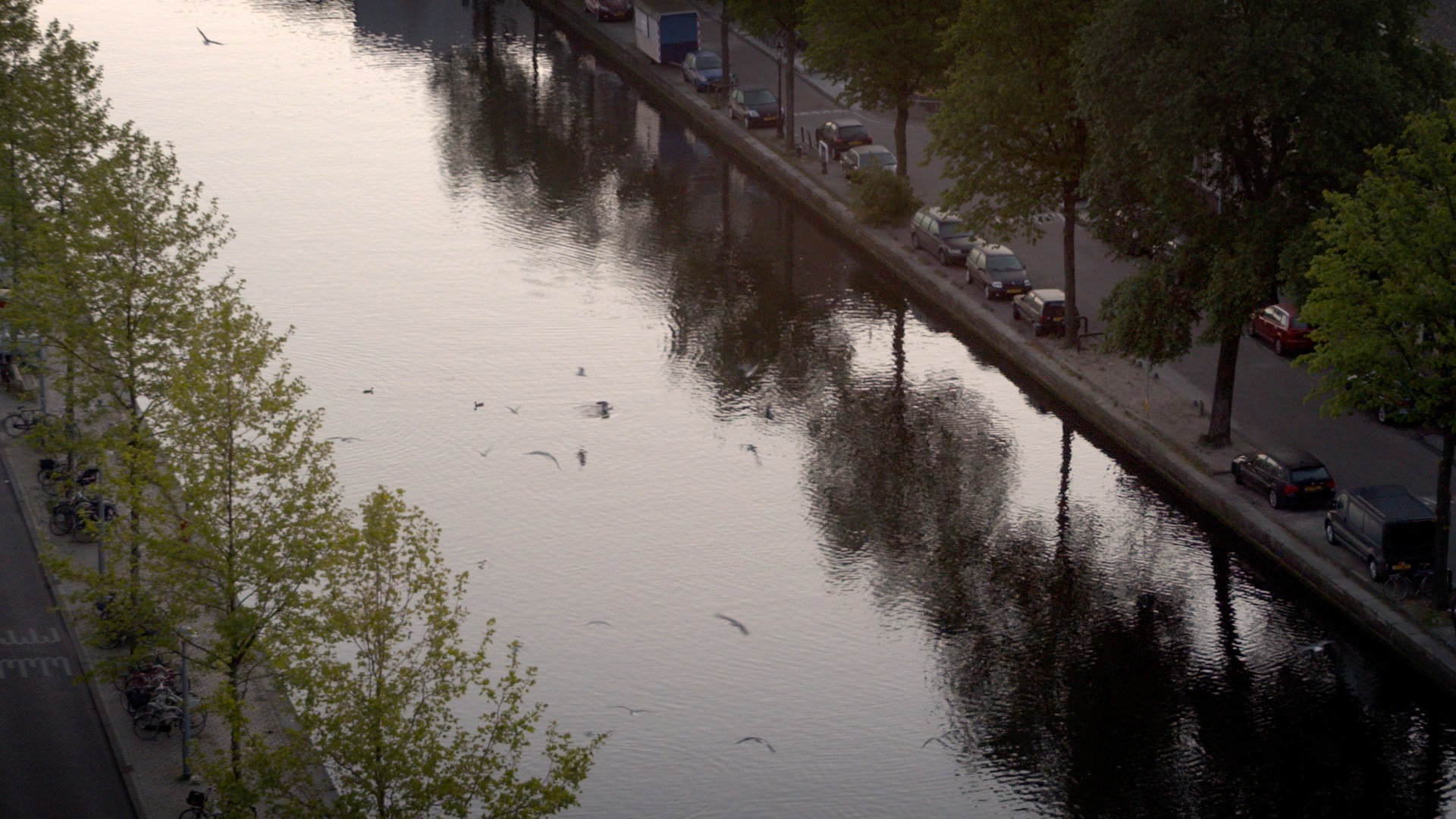

It’s Sunday morning, the 9th of March, 2014. An informational meeting on the progress of construction raises questions for some attending residents. Funding for the exterior construction is complete, but to finish the interior, another 1.2 million euros are needed, a sum that is not yet available. A group of local residents is afraid that they will live next to a building site for a substantially longer period. At the time when residents purchased their homes, some of them were told that there was only a one percent chance of a mosque being built there. The local Buddhist masseur has adopted a more spiritual perspective.

Jan Bartelsman is a photographer who lives on the third floor of the Piri Reïscomplex. During the construction process he regularly takes photos. Take a look at some pictures he took from his window.
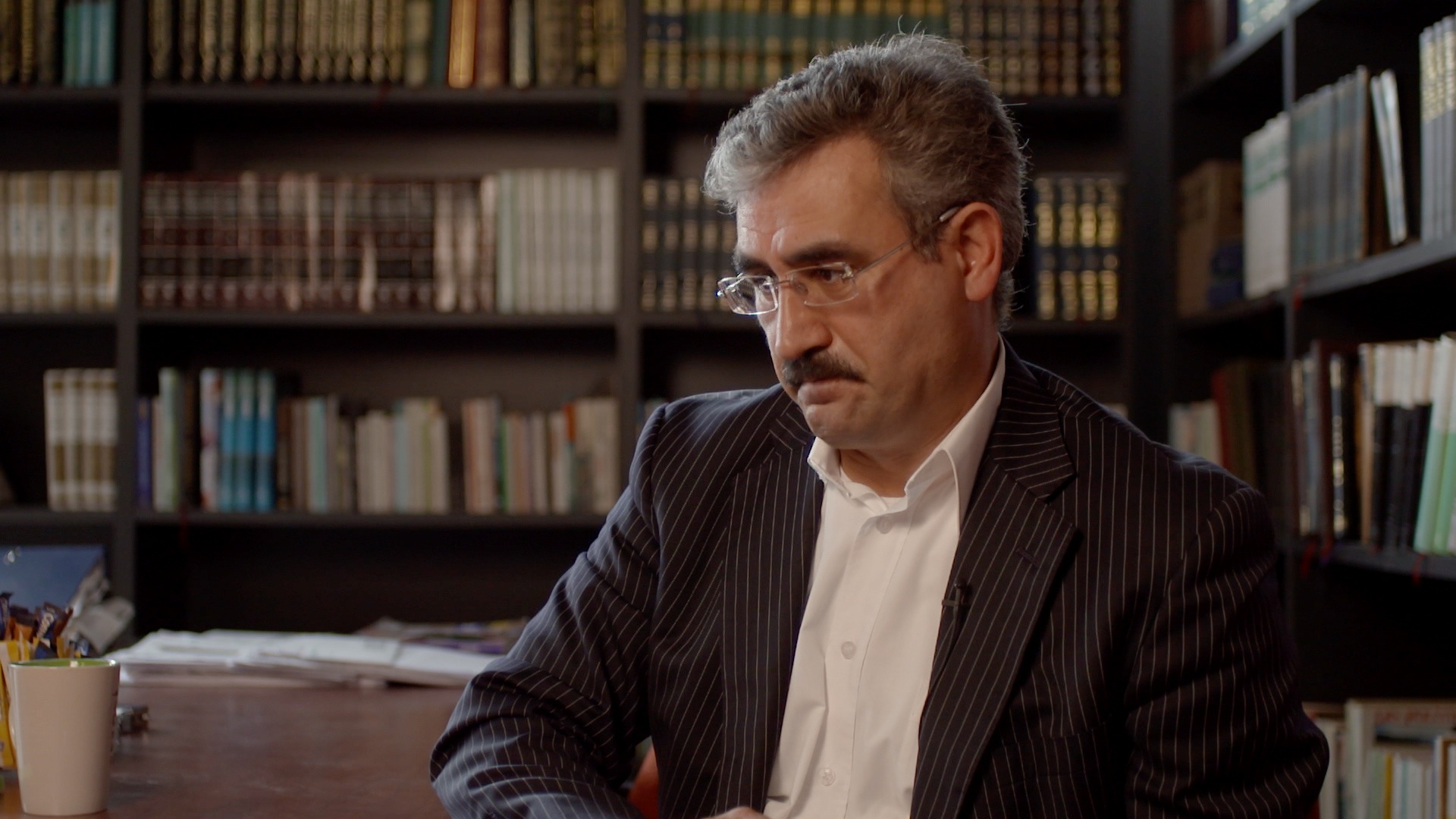

Although the new zoning plan reserves about 1,000 square meters for a mosque, the Turks continue to keep the whole area of 6,000 square meters in use until 1998. This is possible because Milli Görüşand the district continue to disagree on a new plan acceptable for both parties. A proposal by Milli Görüşto build a mosque with architect Kees Rijnboutt is firmly rejected by the district council. To get out of the deadlock, Kabaktebe goes to Gertjan Harbers of the Amsterdam Centre for Foreigners (ACB).
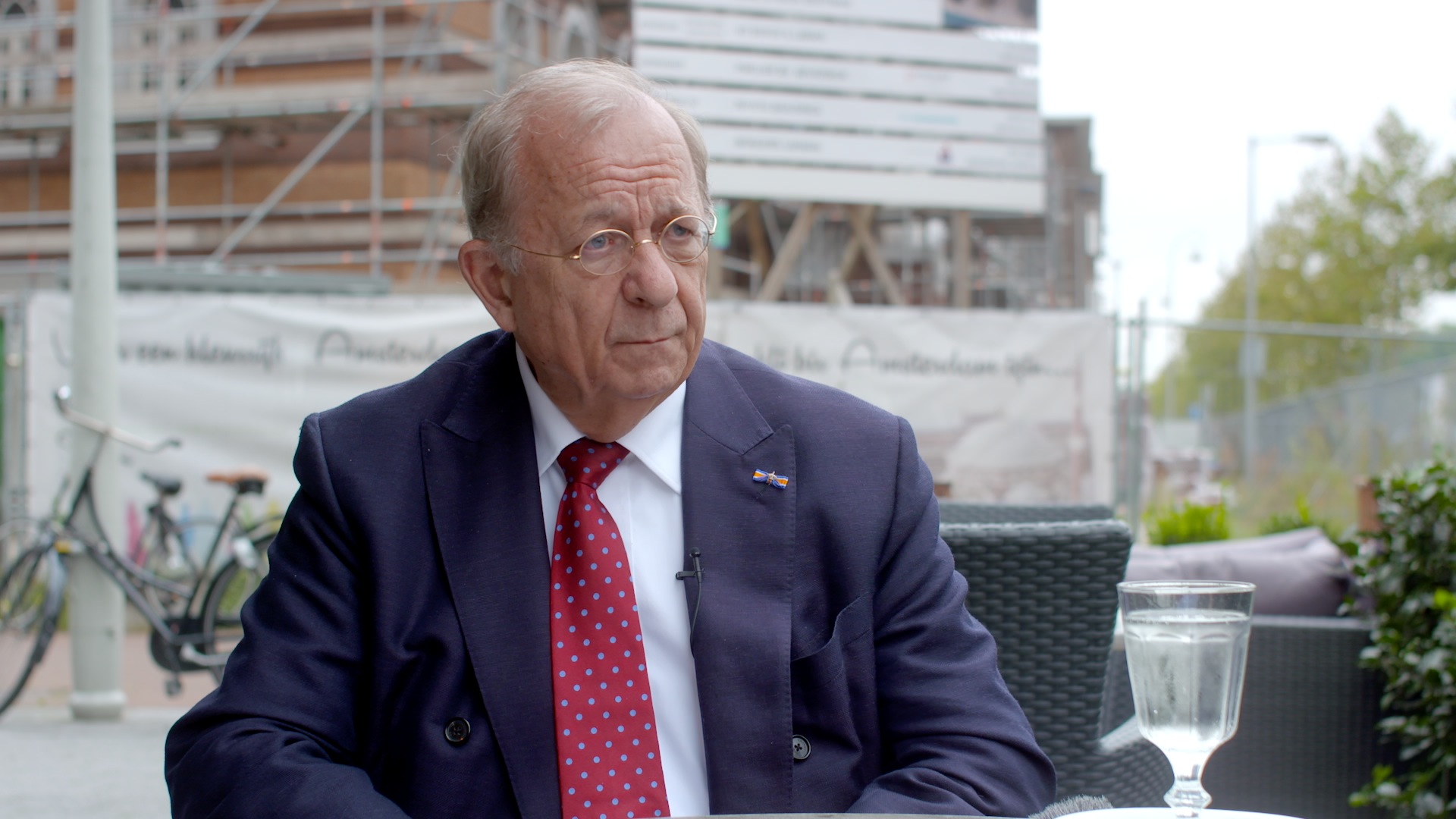

Frank Bijdendijk, in 1998 the director of housing corporation Het Oosten, is touched by the idea of a mosque that is not only a religious space, but also a bridge between the Muslim community and the citizens of Amsterdam. It is precisely the idea of integration that is appealing to Bijdendijk, as the director of a housing corporation in which more than fifty percent of the tenants is Muslim. He contacts district chairman Henk van Waveren. Soon, the ice is broken.
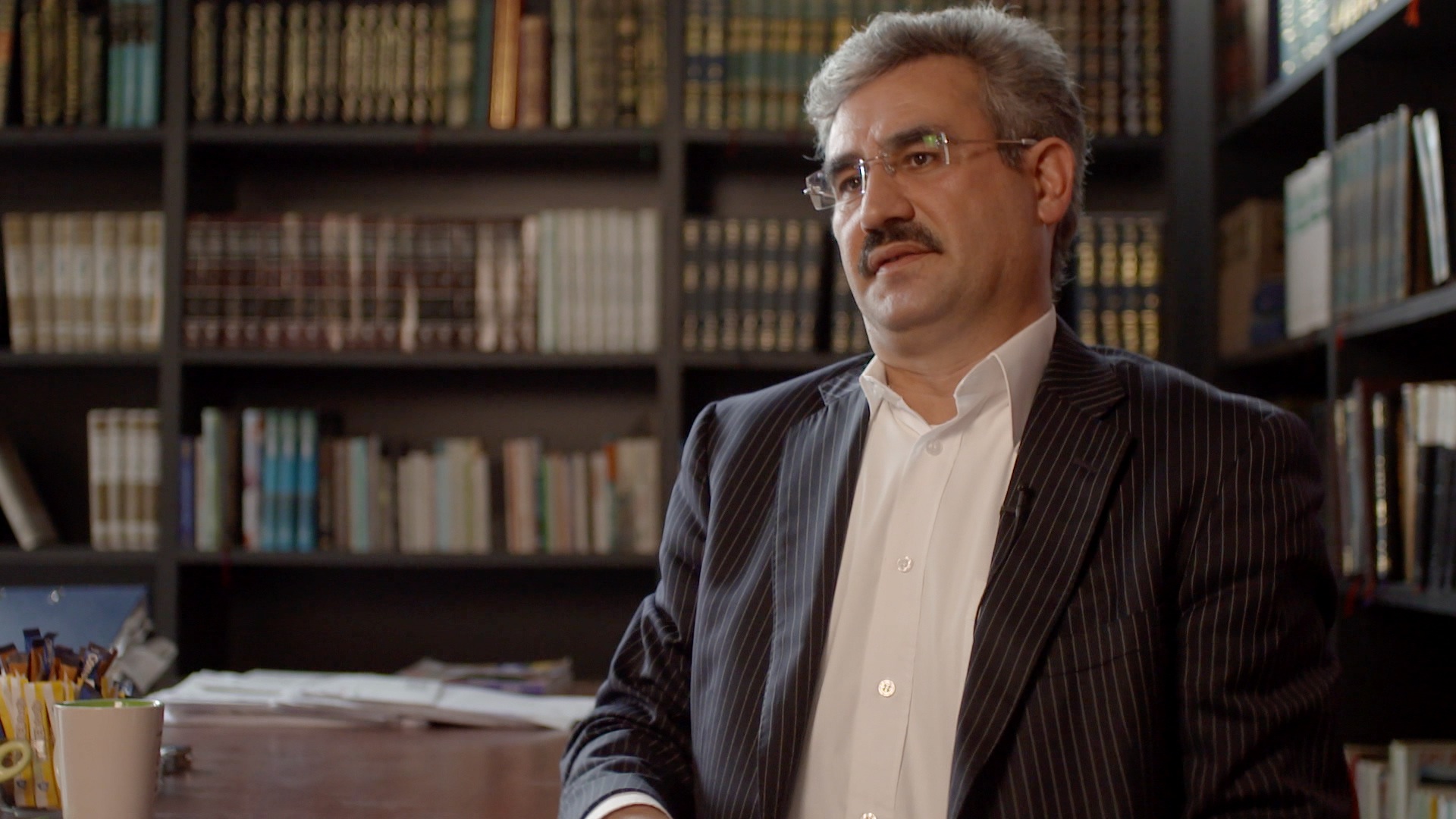

Largely due to the efforts of social housing director Bijdendijk, Üzeyir Kabaktepe (Milli Görüş) and district chairman Henk van Waveren (Labour Party, PvdA) make amends. Kabaktepe later speaks of “a breakthrough allowing all parties to pull together.” For the first time they are taking big steps forward. For Kabaktepe, this was a huge relief.
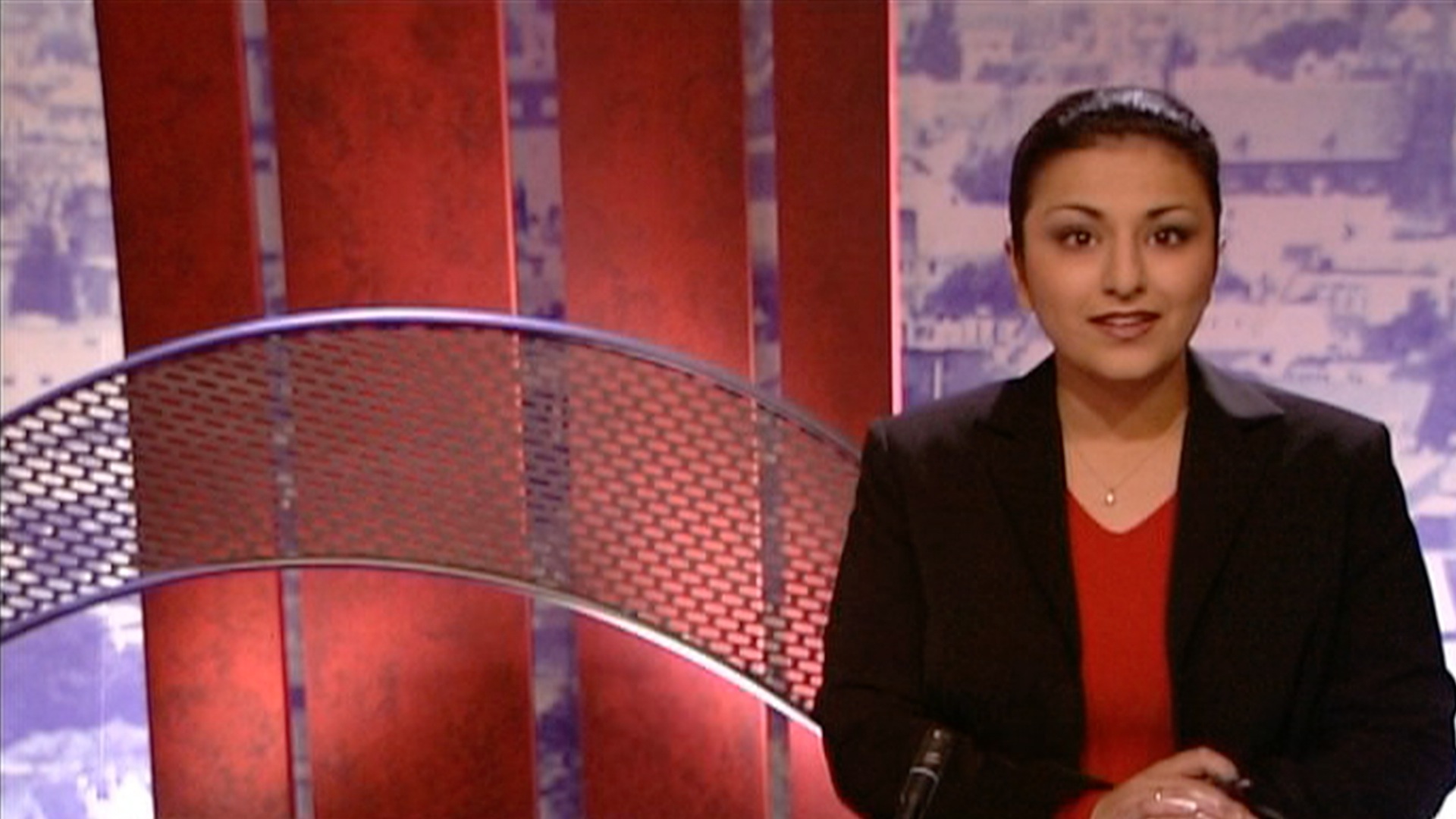

At a meeting for residents, mosque community and press, the three partners present their plans for the mosque as a project in which religion, housing and business come together. According to Van Waveren, then the district chairman, these large steps were possible because the quality of the plan was very high. The design of the French-Jewish architect couple Nada and Marc Breitman has united the parties.
